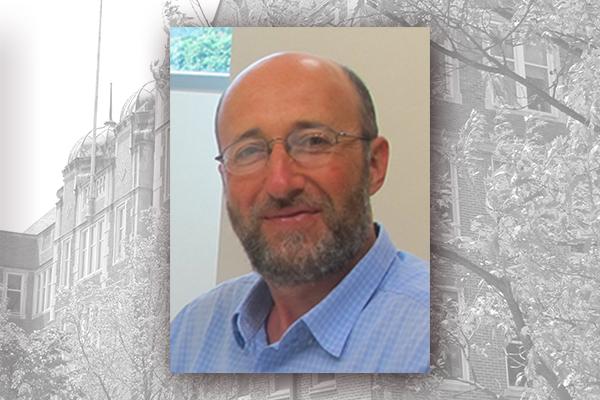
Alex Mogilner
Professor of Mathematics and Biology, Courant Institute and Department of Biology, New York University
One of the most fundamental cell biological events is assembly of the mitotic spindle - molecular machine that segregates sister chromatids into two daughter cells in the process of cell division. Two existent models of the mitotic spindle assembly are 1) search-and-capture (SAC) and 2) acentrosomal microtubule assembly (AMA). SAC model is pleasingly simple: microtubules (MTs), organized into two asters focused at two centrosomes, undergo dynamic instability: they grow and shrink randomly, rapidly and repeatedly. As soon as a growing MT end bumps into a kinetochore (KT) - molecular complex in the middle of a sister chromatid – the connection between the spindle pole (centrosome) and this chromatid is established. This model predicts that KTs are captured at random times and that slow spindle assembly is plagued by errors.
For decades, the SAC model seemed to work. Recently, 'inconvenient' data ruined the SAC model and suggested that a hybrid between SAC and AMA models (the latter posits that KT-associated MT bundles get integrated with centrosomal asters at random times) could work. I will explain how we used 3D tracking of centrosomes and KTs in animal cells to develop a computational agent-based model, which explains the remarkable speed and precision of the almost deterministic process of the spindle assembly emerging from random and imprecise molecular events.
